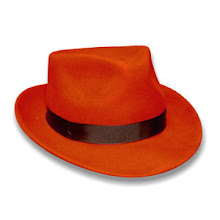In each of the boot problems, you will need to boot from some kind of rescue media, then work at the command line to repair the damage. If you boot from the Red Hat installation CD in rescue mode, you will need to change the root directory so that the various system directories and filesystems are in the correct locations:
chroot /mnt/sysimage
The chroot command is extremely useful for both system security and for system repair. Its basic syntax is:
chroot new-root-dir [command ...]
and its purpose is to run the specified command with the root directory changed to new-root-dir. If no command is specified, the default behaiour is to run an interactive shell (usually a bash shell). For example, the command:
chroot /var/ftp
will run a command shell in /var/ftp. However, note that the behaviour is to change the root directory first, and then try to invoke the command or shell, so that there had better be a file /var/ftp/bin/bash (which there would be, on many systems). In addition, the command will usually need to be statically linked, as otherwise it would attempt to load libraries from /lib, which is now /var/ftp/lib.
The chroot command is often used to start network daemons on servers - this is so that if an attacker manages to compromise the daemon, perhaps through a buffer overflow, he is unable to navigate around the entire system directory tree, but is instead constrained within a 'chroot jail'.
A major use of the chroot command is to change the root directory of the system after booting from a repair floppy or CD. For example, if you boot a Red Hat installation CD with the command 'linux rescue', the root file system is actually a RAM disk, and the root filesystem on your hard drive is mounted as /mnt/sysimage. Commands you give will load programs from /bin and /sbin on the RAM disk, which is obviously limited. To get access to those directories on the hard drive, you will need to change your root directory with the command
chroot /mnt/sysimage
Thursday, May 27, 2010
Subscribe to:
Post Comments (Atom)

No comments:
Post a Comment